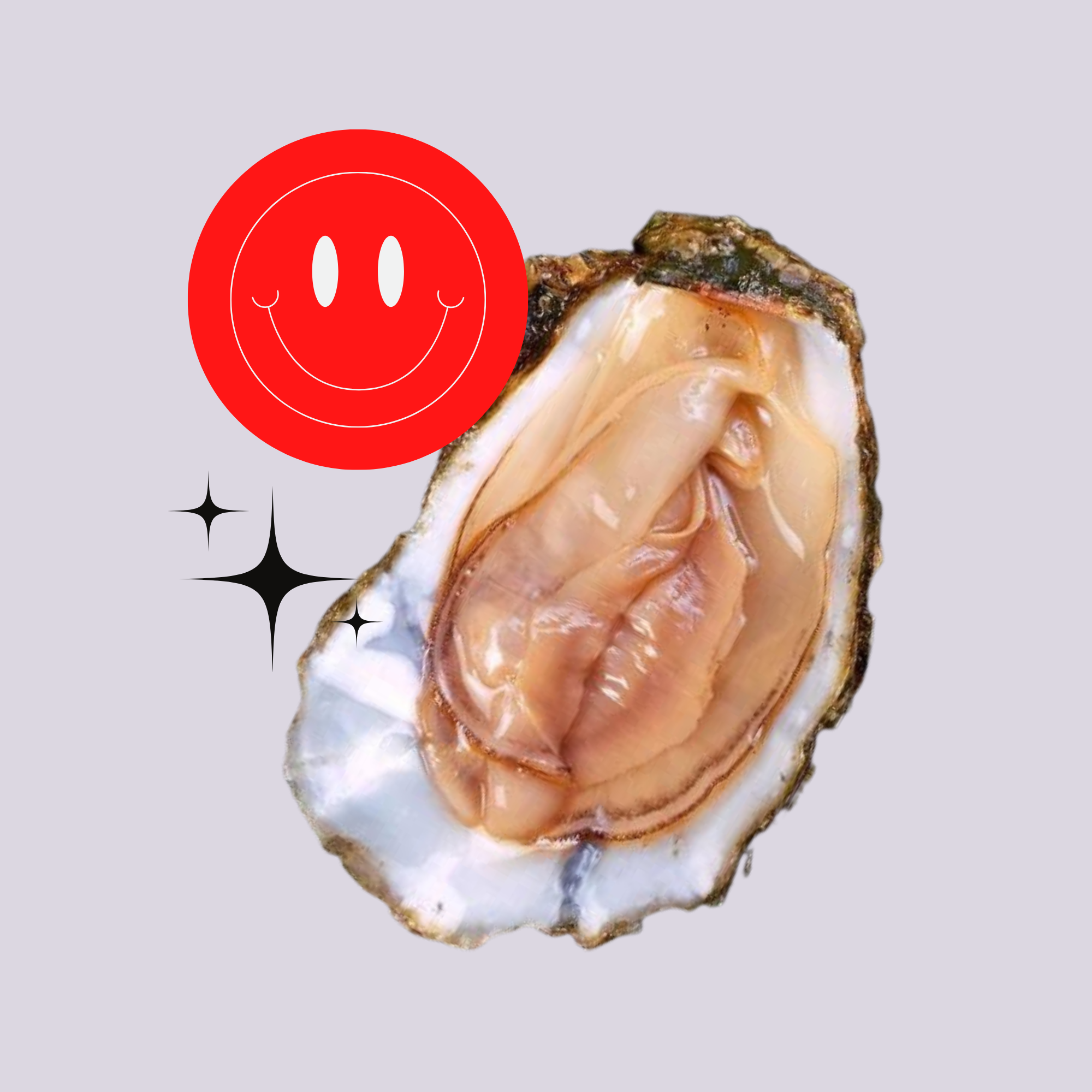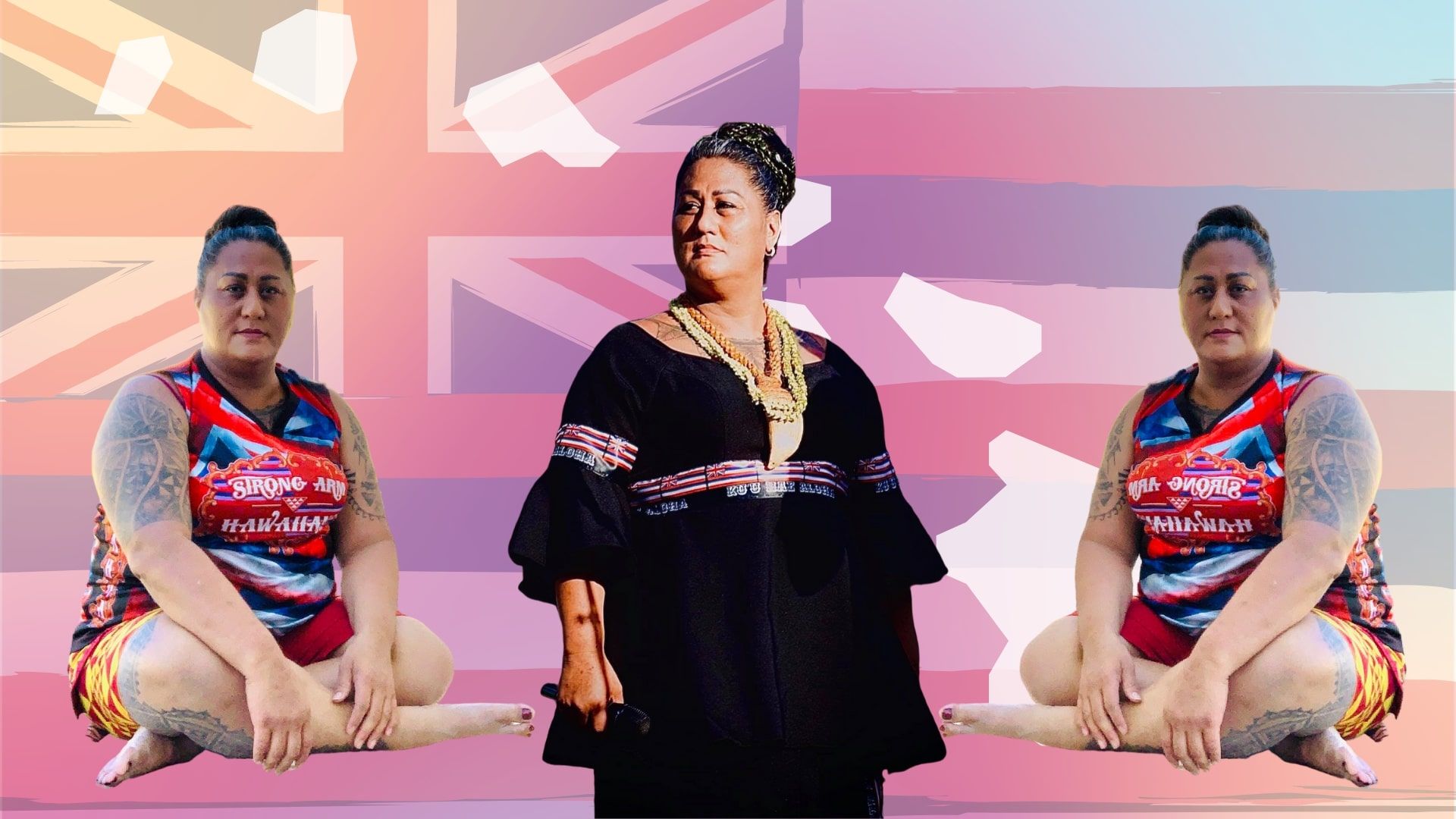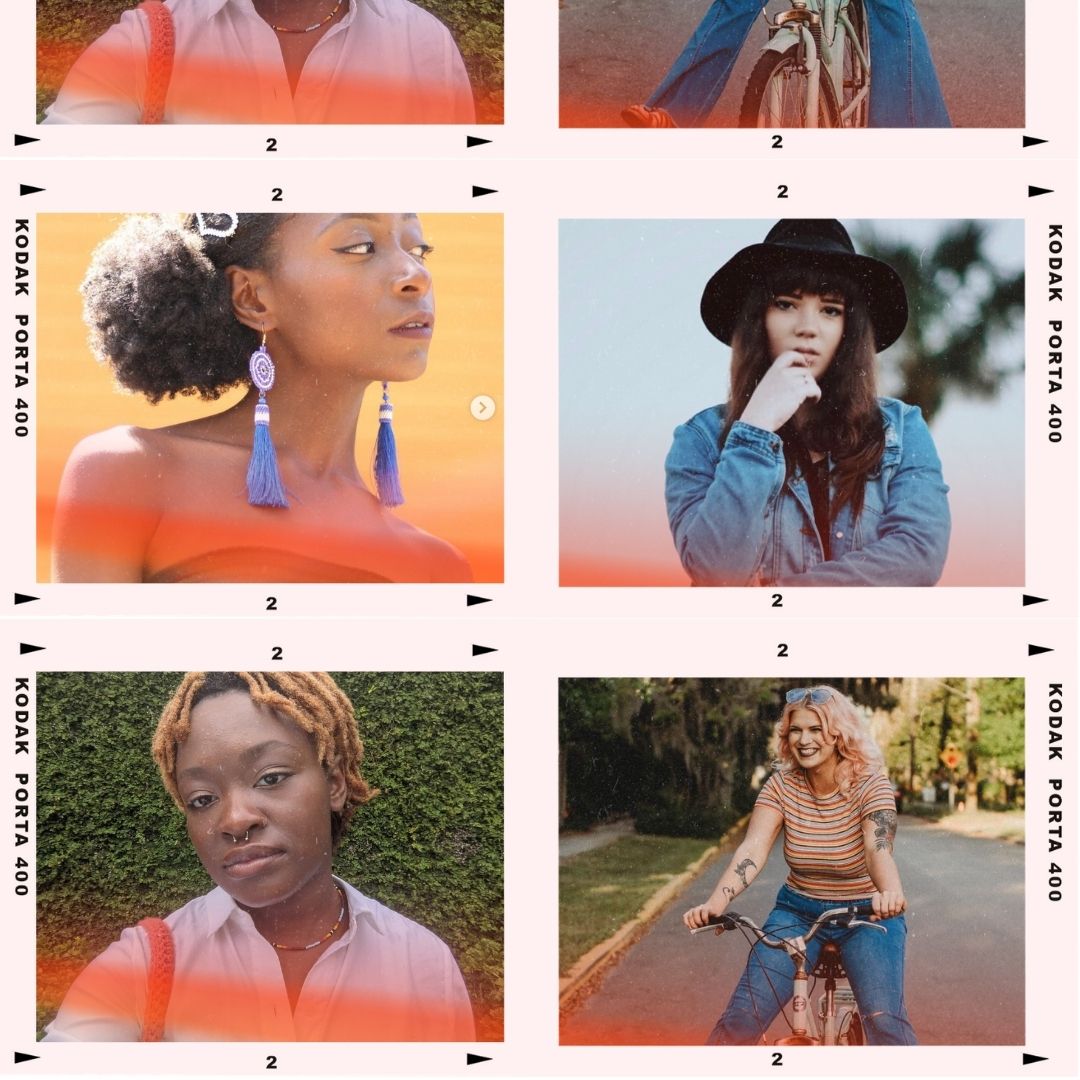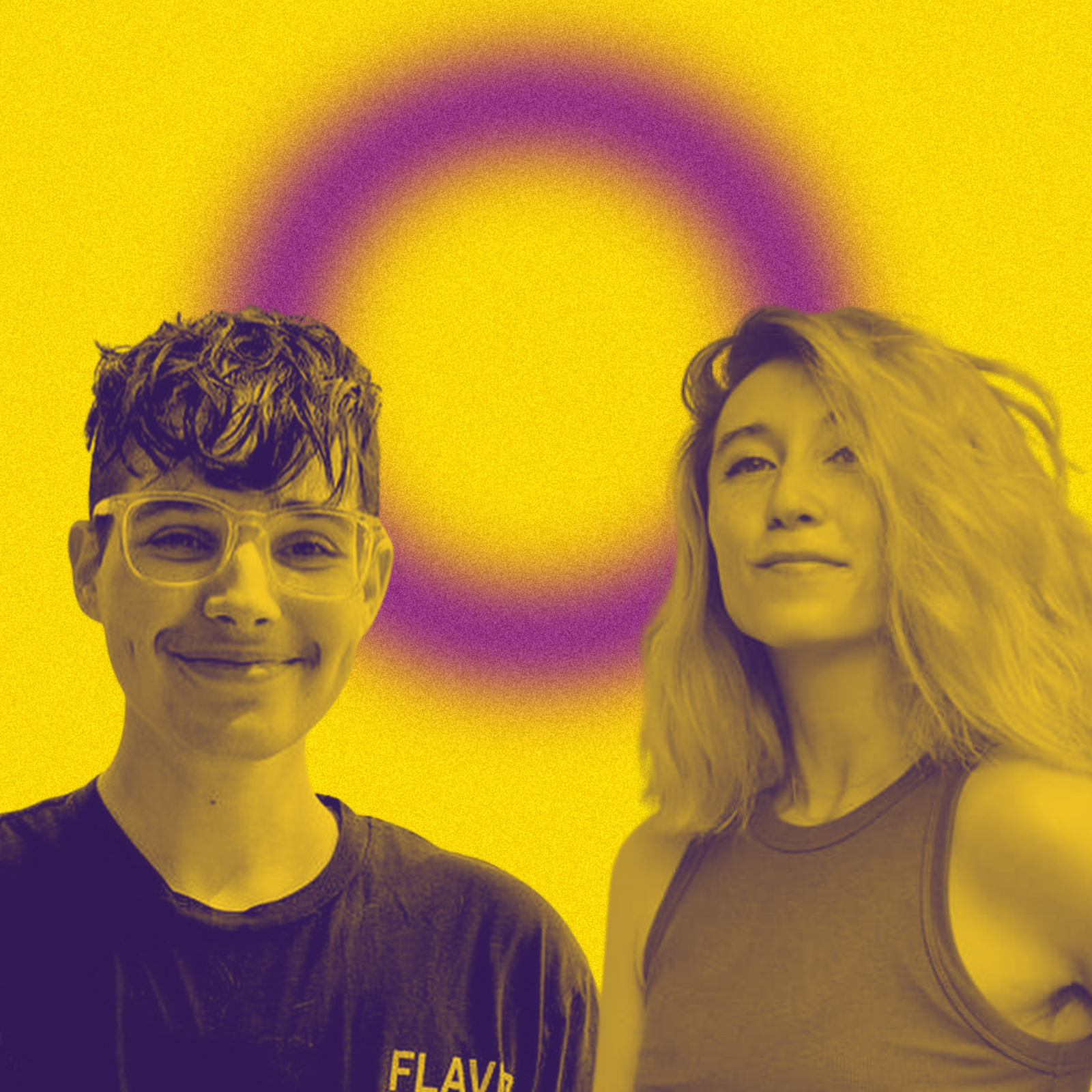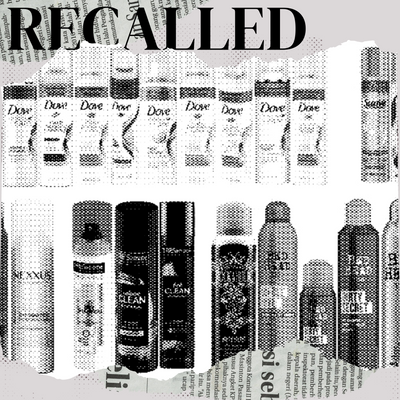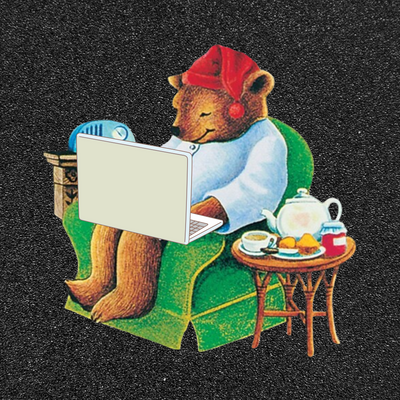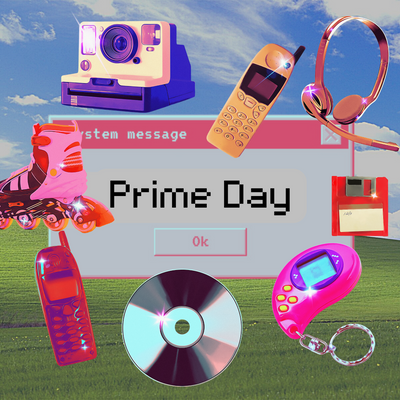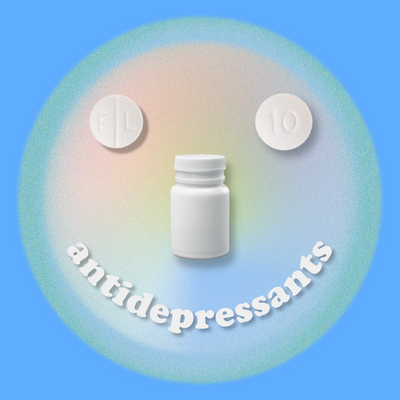[TW: eating disorders]
Believe it or not, even the most well-intentioned Pride Month can fall victim to binaries. Gay or straight. Cisgender or transgender. So many can get pushed to the margins of the LGBTQIA+ community.
Intersex is an umbrella term that encompasses people born with reproductive and sexual anatomy or chromosomal patterns that do not fall within the typical binary of anatomy and chromosomes. Children born with intersex traits may be subjected to surgery and sometimes never even told about these traits at all. Only in recent years has the conversation around intersex people shifted to a more positive one that encourages informed consent and emotional support for the person involved.
It’s our year-round mission at Very Good Light to uplift the voices of those whose beauty exists beyond the binary. So, we interviewed two people who identify as intersex, the too often forgotten "I" in "LQBTQIA+," to listen to their stories about living beyond the binary. Thank you to those who contributed to this story.
Scout Silverstein (they/themme) @wickedlittletown
Like the stories of many others discovering their identities, Scout, a 34-year-old from Brooklyn, has had a complicated journey to identifying as intersex. “I was first seen for an intersex trait referred to as hyperandrogenism at eight years old. However, my provider team never used the word intersex with me. In my early 30s, I discovered a second intersex trait via surgical pathology — multiple Mullerian anomalies — at which point I connected with [intersex activist] Pidgeon Pagonis through a mutual friend. After talking with Pidgeon, I felt affirmed in using the word intersex to describe myself. Stepping into this identity felt like things ‘clicked,’” they say.
“When finding the intersex community, I felt like a baby learning how to walk for the first time. I had been bullied as a child for my visible intersex characteristics, and it was relieving to know that I was not alone and that having sex trait variations can be a source of pride rather than shame. I also felt empowered and began to have a better understanding of my body and my gender.”
And their relationship to their body image has not been an easy road either. Insecurities triggered by their intersex traits have caused pain in their life from an early age. “As a younger person, my intersex traits were cause for insecurity. I remember getting my arms and eyebrows waxed in elementary school to avoid being teased. My approach to my insecurities in my teenage years and early adulthood was to hide and make myself small — in some ways, literally. I developed an eating disorder at 19 and while my intersex traits weren't the cause of an eating disorder for me, not feeling at home in my body perpetuated eating disorder beliefs and behaviors. My eating disorder became worse in my late 20s, and I was hospitalized multiple times. It was during my second hospitalization that I began to connect how my eating disorder was impacted by both my sex and my gender. A few months after leaving the hospital, I sought gender-affirming care and began to view my visible intersex traits as an asset,” Scout says.
But now, they turn this difficult experience into one of triumph, helping others through non-profit and treatment work. “These days, I am in a solid place in my eating disorder recovery and even work in the eating disorder field both for a non-profit collective focused on breaking down barriers to care for transgender and intersex people, and for a virtual treatment provider leading clinical diversity, equity, inclusion, and belonging efforts. My body image journey and eating disorder recovery have led me towards body neutrality and body liberation,” they say.
According to Scout, the internet has been an incredibly useful tool for connection and advocacy that has allowed themme to meet other intersex people and find spaces for themme. “Without the internet, I would not have connected with Pidge or with intersex friends where I live. The internet has been a powerful force in raising awareness, creating community, and fostering cross-movement solidarity. There are so many fights for liberation to be had. We have an urgent need for transgender rights, disability rights, reproductive justice, and more. Movement building via technology has afforded those of us fighting for bodily autonomy and self-determination to connect at a greater pace and with more accessibility,” they say.
“Attending an intersex meetup like Club Intersex can feel like home, and being able to join from 3,000 miles away is a gift.”
And while they do tend to feel left out of media representation, they offer a sound recommendation for those wanting to see intersex people accurately depicted in a film.
“As an intersex person, I do not tend to feel represented by the media. But you know what slapped? Neptune Frost. It's in theaters now, and I strongly suggest seeing it!”
Hans (no pronouns) @hihellohans
Hans’ introduction to life as an intersex person was bittersweet. At an age where many are growing to new identities, Hans was discovering a brand new one too. “I found out as a teen when puberty never happened. I've spoken about my experiences briefly, and am currently working on a graphic novel pitch on the subject. Finding out was hard, and I struggled with feeling left behind and isolated. But at the same time, as a genderqueer person, it was liberating,” Hans says.
“Intersex people are the hottest people on this planet. It took a while for me to embrace that for myself, though. So many sex-diverse people are made to feel not enough, that they are not 'male enough' or 'female enough' because of their anatomy. And that fitting into those assumed body types is the only way to be beautiful. It took witnessing other incredibly hot intersex people of all shapes, sizes, and backgrounds living their lives to shed some of that shame.”
“We still don't get to tell enough of our own stories. Many representations fall into stereotypes or are only written as medical drama plot twists. There are only ~40 #OwnVoices [a hashtag denoting a book that features a marginalized character that reflects the author’s identity] intersex books, according to a list by one Twitter mutual. I don't see these themes on YA shows talking about sex ed or other coming-of-age topics. Bring us on!” Hans says.
Yet, the internet has been a beacon for the intersex community, providing a space to forge connections and even acting as a cloak of anonymity at a time when that was paramount for a number of intersex people.
“The internet was everything for intersex people. If you are comparing it to other U.S. LGBT movements, we never had physical gatherings in bigger metros — those types of places to go. Under a history of medicalization, each individual was isolated and/or lied to by their doctors and/or families. It wasn't until the 90s that the internet enabled any scale of connection and organizing. I came out because there was an online youth advocacy group called interACT Youth, which was pretty novel in what it was doing in the 2010s. Even at that time, many people in the group were still anonymous. It's really something to see more people talking about intersex issues with TikTok and all the new platforms out now. The last 5–10 years have seen a lot of change.”
Interviews have been edited for clarity and length.
READ MORE LIKE THIS
